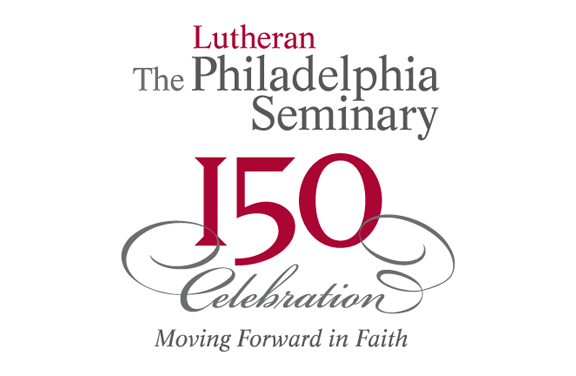- Slide 1
- 1500s
The Reformation – Sowing the Seeds
- 1630s – 1740s
Coming to the Colonies – The Swedes in Philadelphia
- Late 1600s
Pastorius & the Establishment of Germantown
- 1740s – 1790s
Henry Melchior Muhlenberg & the American Revolution
- 1850s – 1860s
The Civil War – A Seminary is Formed
- 1880s – 1890s
The Move to Mount Airy
- 1900 – 1910
Beginning of The Twentieth Century – Campus Transformation
- 1910s – 1930s
The Teens through the Thirties: Frustration & Expansion
- 1938 – 1960s
From pre-World War II – The Civil Rights Movement
- 1960s – 1970s
Vietnam through a Generation of Change
- 1980s
Growing Diversity & Discovery
- 1990 – 2000
Transitioning to the Twenty-First Century
- 2000 – 2010
Into the Aughts – A New Era & Renewed Campus
- 2010 – 2014 & the 150th Anniversary
The Twenty -Teens – Renewed Challenges & Opportunities
The first Lutheran settlers on North American soil were Swedes who landed in Wilmington, DE, in 1638. Finns, who called Sweden home, arrived soon thereafter. The Swedes formed a bond with the Lenape Tribe of the region, in part because the two cultures shared a common approach to agriculture. German Lutheran Patriarch to North America Henry Melchior Muhlenberg shared a friendship with Swedish pioneer Dean Carl Magnus Wrangel. The two men worked together on a constitution for St. Michael’s Lutheran Church in Philadelphia. That historic document was the basis for organizing the young Lutheran Church in the Delaware Valley and beyond. Several Swedish congregations founded during the early 1600s still do ministry today. Watch and listen as the Rev. Kim-Eric Williams, curator of the Archives housed at LTSP, shares his knowledge of the Scandinavian legacy in North America.

Leave a Comment